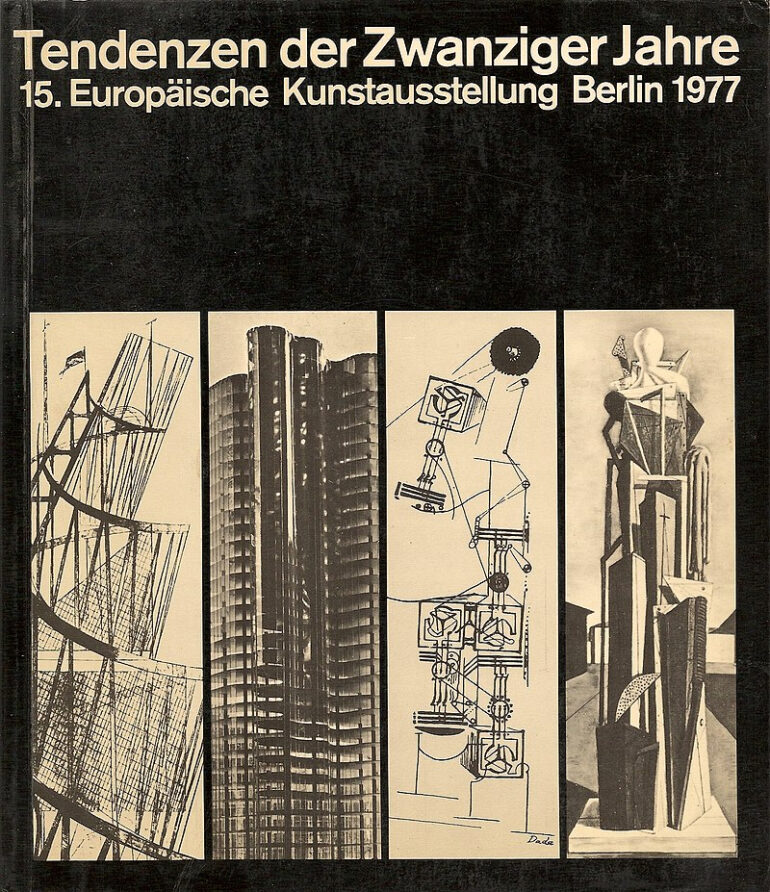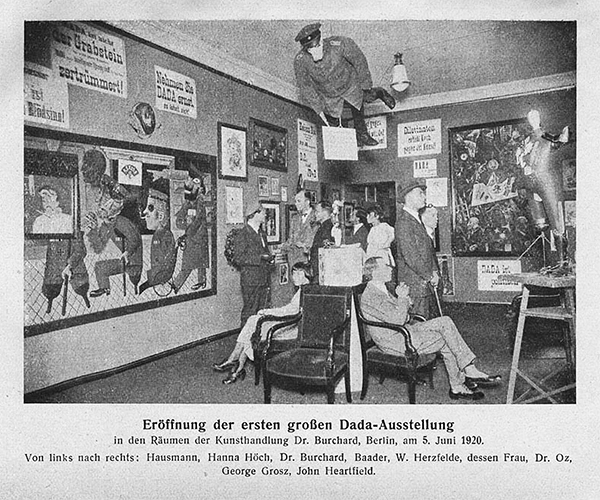Dadaism, an avant-garde art movement that emerged in the early 20th century, defied societal norms and embraced chaos as a means of artistic expression. Born out of the disillusionment caused by World War I, Dadaism aimed to dismantle traditional artistic values and challenge the established order. Influenced by the absurdity of war, Dadaists rejected rationality and celebrated the irrational, incorporating nonsensical elements into their works. By embracing the unconventional and rejecting traditional aesthetics, Dadaism became a powerful force that challenged the very essence of art itself, leaving a lasting impact on the art world.
Origins and Influences
Dadaism, an early 20th-century radical art movement, used disorder to express itself. Dadaism attacked established creative principles and social standards after World War I disillusioned and devastated society. The movement rejected logic and glorified the irrational, frequently using nonsensical components, inspired by conflict. Dadaists were inspired by Cubism, Futurism, and Expressionism to disturb the status quo and elicit strong emotions. Dadaism attacked art’s basic nature by rejecting traditional aesthetics and embracing the unusual.
Key Characteristics and Manifestos
Dadaism, a radical artistic and literary movement that emerged during the early 20th century, was characterized by its embrace of chaos and order. Rejecting conventional norms and values, Dadaists sought to challenge the very foundations of art and society. They embraced absurdity, irrationality, and the nonsensical, often incorporating found objects and unconventional materials into their works. The Dadaists believed in the power of spontaneity and chance, seeking to disrupt established hierarchies and question the notion of artistic mastery. Through their manifestos, they called for the destruction of traditional art forms and the liberation of creative expression from societal constraints. Dadaism, with its paradoxical blend of chaos and order, continues to inspire and provoke artistic discourse to this day.
Dadaist Art and Performance
Dadaist art and performance emerged as a radical response to the chaos and destruction of World War I. Rejecting traditional artistic conventions, Dadaists sought to dismantle established norms and challenge the very notion of art itself. Their works often incorporated found objects, nonsensical imagery, and absurdist humor, creating a sense of disorientation and provocation. Through their unconventional approach, Dadaists aimed to disrupt societal expectations and reveal the absurdity of the world. Their performances, characterized by spontaneous and unpredictable actions, further emphasized the rejection of rationality and embraced the power of chance and spontaneity. Dadaist art and performance became a powerful means of expressing the collective disillusionment and discontent of the time, leaving a lasting impact on the art world.
Legacy and Impact
Dadaism shaped and disrupted. This rejection of established creative norms prepared the stage for subsequent avant-garde movements, questioning art itself. Dada’s focus on chance, absurdity, and the unusual influenced literature, visual arts, and music. It influenced Marcel Duchamp, whose readymades questioned creative authorship, and Kurt Schwitters, who used found items in his collages. Contemporary artists are inspired by Dadaism’s chaos, reminding us that art may challenge social conventions and limits.
Dadaism’s daring and disruptive work still shapes the art world. Dadaists challenged conventional standards and embraced disorder to stimulate artistic expression. Their rejection of logic and exaltation of the bizarre created new creative avenues and laid the way for subsequent avant-garde groups. Dadaism’s heritage reminds us that art may provoke, inspire, and question the status quo, preserving creative revolt.
Photo Attribution:
1st & featured image by https://commons.wikimedia.org/wiki/Category:Dada#/media/File:Katalog_-_Titel_der_15._Europ%C3%A4ischen_Kunstausstellung_%22Tendenzen_der_Zwanziger_Jahte%22,_Berlin_1977.jpg

